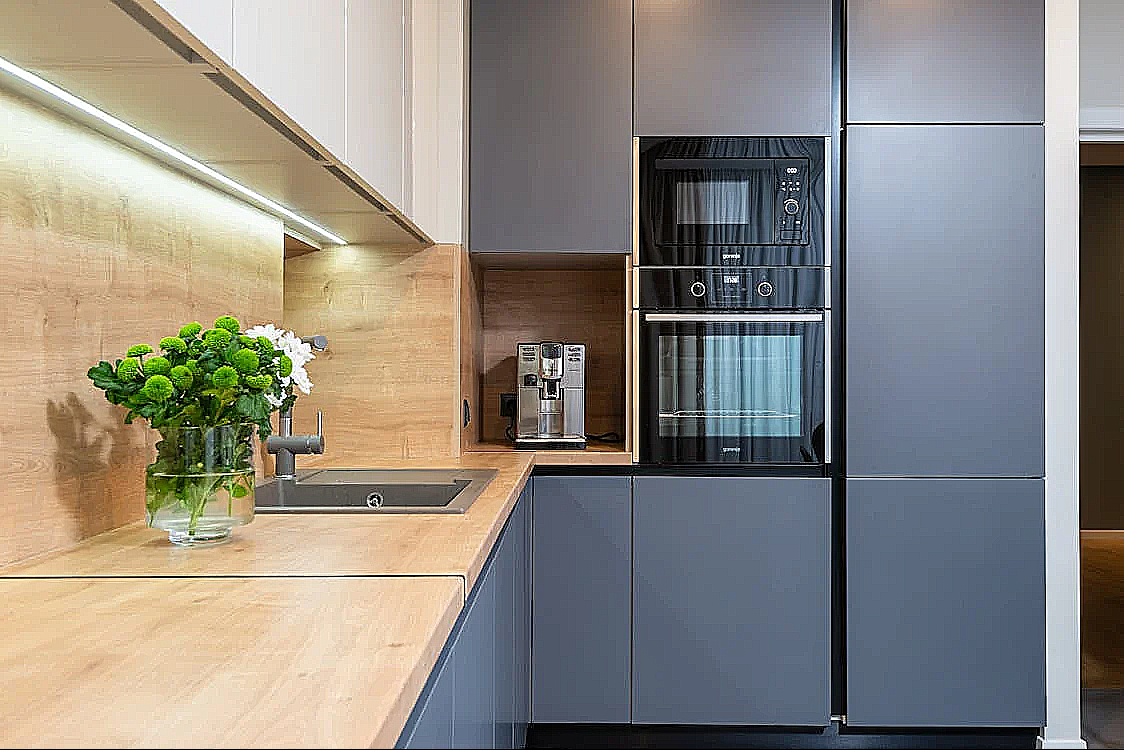IoT cooking, also known as smart food preparation, leverages the power of connected devices and data analysis to revolutionize how we prepare and enjoy food. It’s about more than just a fancy refrigerator; it’s about creating a seamless, intuitive, and efficient cooking experience.
So, what exactly is IoT cooking? At its core, it involves kitchen appliances and tools connected to the internet, allowing them to communicate with each other, with users through smartphones or voice assistants, and with online databases. This connectivity enables a range of functionalities, from remote control and monitoring to personalized recipes and automated processes.
How Does IoT Cooking Work?
Smart Appliances: These are the workhorses of the IoT kitchen. Think smart ovens, refrigerators, cooktops, and even coffee makers. They are equipped with sensors, microprocessors, and connectivity modules (usually Wi-Fi) that allow them to gather data and communicate.
- Connectivity and Communication: The internet is the backbone of the IoT ecosystem. Smart appliances connect to your home Wi-Fi network, enabling them to communicate with each other and with external services. This allows for remote control via smartphone apps, voice commands through smart speakers, and data transfer to cloud-based platforms.
- Sensors and Data Analysis: Sensors play a crucial role in gathering information about the cooking process. They can monitor temperature, humidity, weight, and even the doneness of food. This data is then transmitted to a central control system or cloud platform, where it is analyzed to provide insights and optimize the cooking process.
- Mobile Applications and User Interface: Mobile apps serve as the primary interface for users to interact with their smart kitchen appliances. Through these apps, users can remotely control appliances, monitor cooking progress, access recipes, receive alerts and notifications, and even diagnose potential issues.
Benefits of IoT Cooking:
The benefits of embracing IoT cooking are numerous:
- Convenience: Remote control and monitoring allow you to preheat your oven on your way home from work or check the temperature of your roast without having to constantly open the door.
- Efficiency: Smart appliances can optimize cooking times and temperatures, leading to energy savings and perfectly cooked meals.
- Personalization: IoT systems can learn your preferences and suggest recipes tailored to your tastes and dietary needs.
- Reduced Food Waste: Smart refrigerators can track expiration dates and alert you to ingredients that are about to expire, helping you minimize food waste.
- Improved Cooking Skills: Many smart appliances offer step-by-step instructions and guidance, making it easier to learn new recipes and techniques.
In conclusion, IoT cooking is transforming the kitchen into a connected, intelligent food space today. By leveraging the power of sensors, data analysis, and connectivity, it offers a more convenient, efficient, and personalized cooking experience. As technology continues to evolve, we can expect even more innovative applications of IoT in the kitchen, further revolutionizing the way we prepare and enjoy food.
